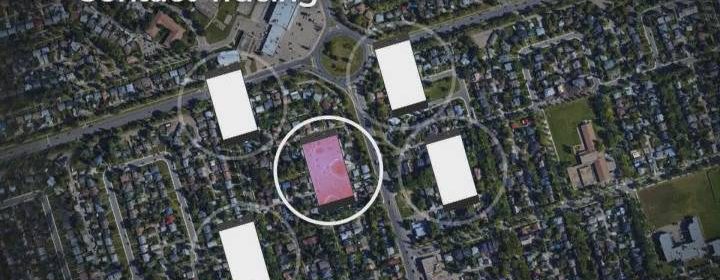iOS update now allows ABTraceTogether app to work in background on iPhones

An update to Apple’s iOS will now allow the Alberta government’s ABTraceTogether app to operate in the background and when the iPhone is locked.
The province launched the app earlier this month to help speed up contact tracing when there is a confirmed case of COVID-19.
However there were initially some issues with the iOS version of the app where it would only work when the phone is on, screen is unlocked and the app is running in the foreground.
RELATED: Alberta’s contact-tracing app only works on iOS when phone is unlocked, app running in foreground
“We recognize this is a major issue,” said Dr. Jia Hu, a medical officer of health for Alberta Health Services, on May 4.
On Thursday, Alberta Health spokesperson Tom McMillan said Apple’s iOS 13.5 update on Wednesday incorporated the exposure notification framework that allows the app to run while not actively being used and when the phone is locked.
Once installed, the app uses a phone’s Bluetooth to log anytime it comes within two metres of another person with the app for a cumulative 15 minutes.
The phones detect each other and exchange anonymous encrypted data, the province said. Alberta’s chief medical officer of health, Dr. Deena Hinshaw, described it as an “encrypted digital handshake.” No information is uploaded at that time; it is just stored in the app.
Using the manual contact tracing process, if someone tests positive for COVID-19, they receive a phone call from an AHS contact tracer. Now, that person will ask if the patient has the ABTraceTogether app, and if so, if they consent to sharing its encounter history data.
If the person agrees, that information provides the health official with a phone number and duration of exposure for anyone that positive COVID-19 case had contact with.
Hinshaw said Tuesday that for the first time, a person who had the app was identified as a positive COVID-19 case. She said information from the app validated the contact-tracing process.
–with files from Emily Mertz, Phil Heidenreich and Adam Toy
Source: Read Full Article


